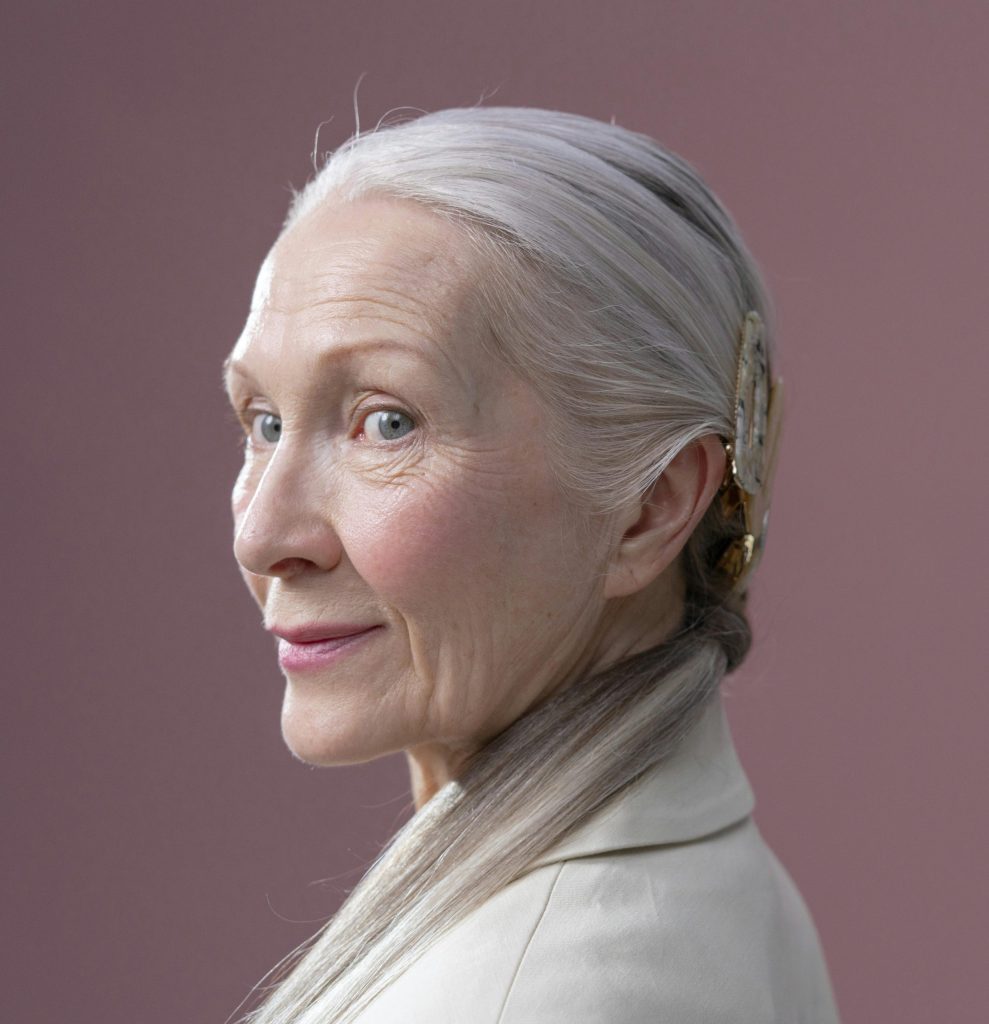If beauty is in the eye of the beholder, that eye has historically belonged to men.
And in America, where youth walks in beauty, aging women fade like old photographs. Sadly, if the “Me Too” movement has opened our eyes to anything, it’s that our culture’s idea of feminine beauty hasn’t evolved much beyond airbrushed centerfolds ogled by adolescent boys.
Sadly, the cringe-worthy cliché of middle-aged men chasing women half their age still limps on. Partly due to the diagnostic phrase, “midlife crisis,” patriarchal culture has twisted women’s sexual exploitation into men’s victimization, as if middle-aged men carry a note from their doctors that excuses their predation of young women.
Ironically, the primary justification for their juvenile behavior has often been “It’s only natural,” as if wealth or social status, or a little blue pill qualifies old men as Darwin’s idea of our specie’s most fit and attractive specimens despite the sagging paunch, flapping jowls, and flatlined testosterone.
Many men also conveniently don’t compare their own physical health and fitness to women’s child-bearing strength and superior longevity. And while men consider their power, intelligence, and talent attractive qualities, many men find these same qualities in women repugnant threats to men’s dominance.
This double standard of gender beauty in America has historically and systemically trickled down from seats of male power to the man in the street. Presidents from Thomas Jefferson to JFK, Bill Clinton, and Donald Trump have preyed on young, vulnerable women with relative impunity, often at the humiliating expense of their older, faithful spouses.
In Hollywood, we’ve learned from the likes of Harvey Weinstein and Bill Cosby that Jack Warner’s infamous casting couch remains a centerpiece of the entertainment industry’s predatory values.
Meanwhile, media icons, like Roger Ailles, Bill O’Reilly, Matt Lauer, Chris Cuomo, and Les Moonves have also wielded their considerable power the way cavemen once used bone clubs to subdue and violate young women. In general, this exploitation has trickled down to America’s Main Street in the form of a commercial transaction and a demeaning cliche: a husband trades in an old wife for a newer model.
In fact, the young, female “model” remains the centerpiece of the multi-billion-dollar beauty industry, which targets women conditioned to fulfill men’s preference for young women. Such marketing explains why many mature women — unable to see themselves reflected in cover girls, fashions ads, and shop windows — feel existentially driven to color graying hair; to nip, tuck, and otherwise plaster wrinkling skin; to accessorize themselves with bright feathers and sparkling jewels, all in hopes of merely registering upon the male retina.
Ironically, these physical alterations designed to make women visible in men’s eyes often obscure who women are. It’s as if men have imposed a physical non-disclosure agreement on women, requiring them to erase signs of aging if they wish to have their existence acknowledged by a man’s world.
This vanishing role women have long played in men’s scripts has long been dramatized and perpetuated in the stories and images created by the Hollywood movie industry and projected upon the American imagination. The Dream Factory has manufactured an image of beauty in the form of a curvaceous, young actress. Meanwhile, older, more talented actresses drop to the culture’s cutting room floor.
Their middle-aged male counterparts, on the other hand — from Humphrey Bogart and Gary Cooper to Tom Cruise and Daniel Craig — continue to appear, wrinkles and all, in the spotlight opposite an actress half their age.
Let’s face it: men have shown little desire to change a world made in their own image and to their own advantage. So, it falls upon women, as it has throughout history, to reject their vanishing role and to project their true face to the world.
To this end, the “Me Too” movement speaks out against sexual assault, harassment, and discrimination, demanding justice for its victims. But merely punishing individual offenders won’t change a deeply engrained bias any more than enforcing civil rights has eradicated racism. Women must also create a new aesthetic, deeper than youth.
That means thumbing their collective nose — rather than altering it through plastic surgery — at the fashion, entertainment, marketing industries, and political world. Rather than obscuring features that are part of who they are — the laugh lines, frown lines, crow’s feet, and gray hair — women may proudly assert them, like brush strokes in a self-portrait that captures the experience, self-possession, strength, and wisdom of a beauty beyond mere animal attraction.
Perhaps the writer, Susan Sontag, said it best: “Women should allow their faces to show the lives they lived. Women should tell the truth.” By doing so, they may become the true “models” of intelligence, grace, and independence that young girls may learn to respect and follow.
Today, older women of the boomer generation with their superior longevity, demographic influence, and political power may finally deepen our culture’s idea of beauty to create a new model, kindled in eyes more discerning than those of gawking adolescent boys.
Thomas Cangelosi is a retired teacher who lives in Avon.

